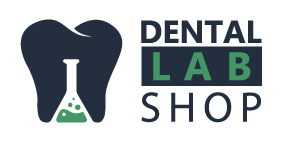Blog
The Future of Dental Care: How the Marriage of 3D Printing and Intraoral Scanning is Set to Change the Game

The Dental Industry’s Technological Revolution
The dental industry is undergoing a technological revolution, with 3D printing and intraoral scanning leading the charge. These innovations are changing the way dental professionals work and transforming patient experiences. In this blog post, we will explore how the integration of 3D printing and intraoral scanning is redefining dental care, focusing on the roles of dentists, custom restorations, dental laboratories, and the enhanced communication and collaboration between these stakeholders.
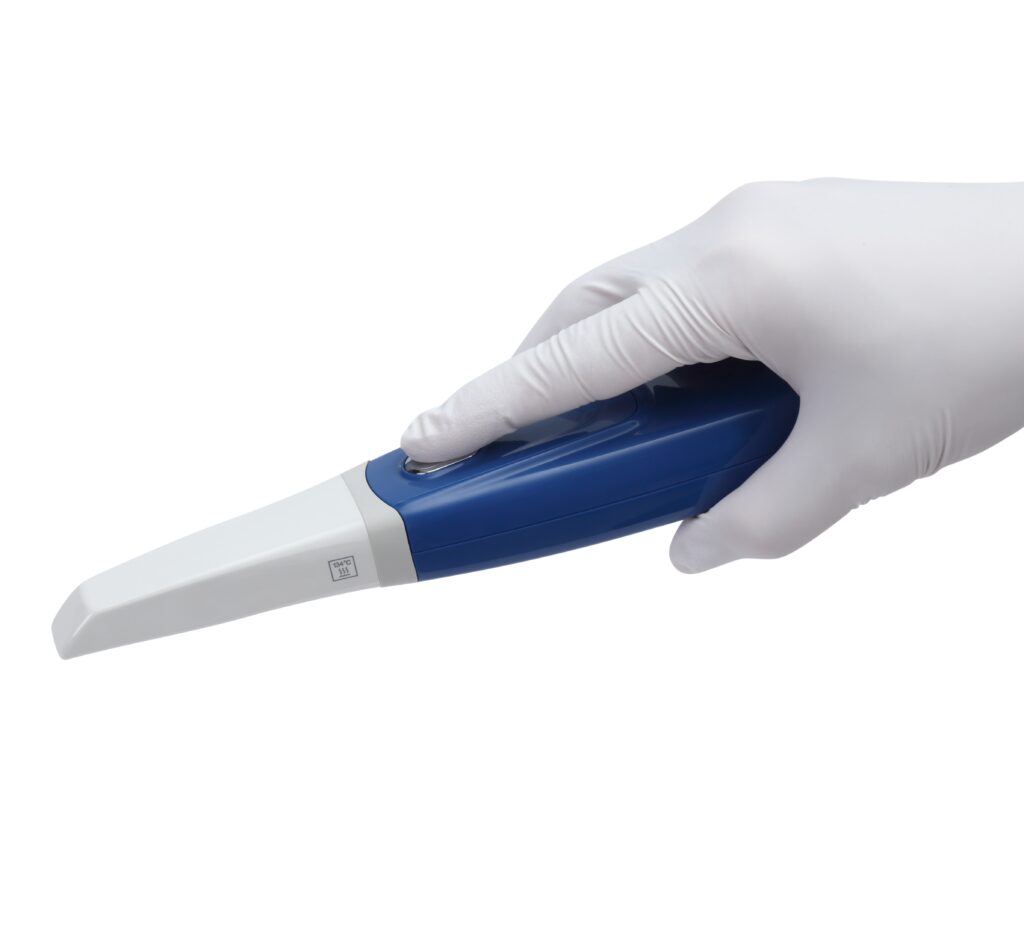
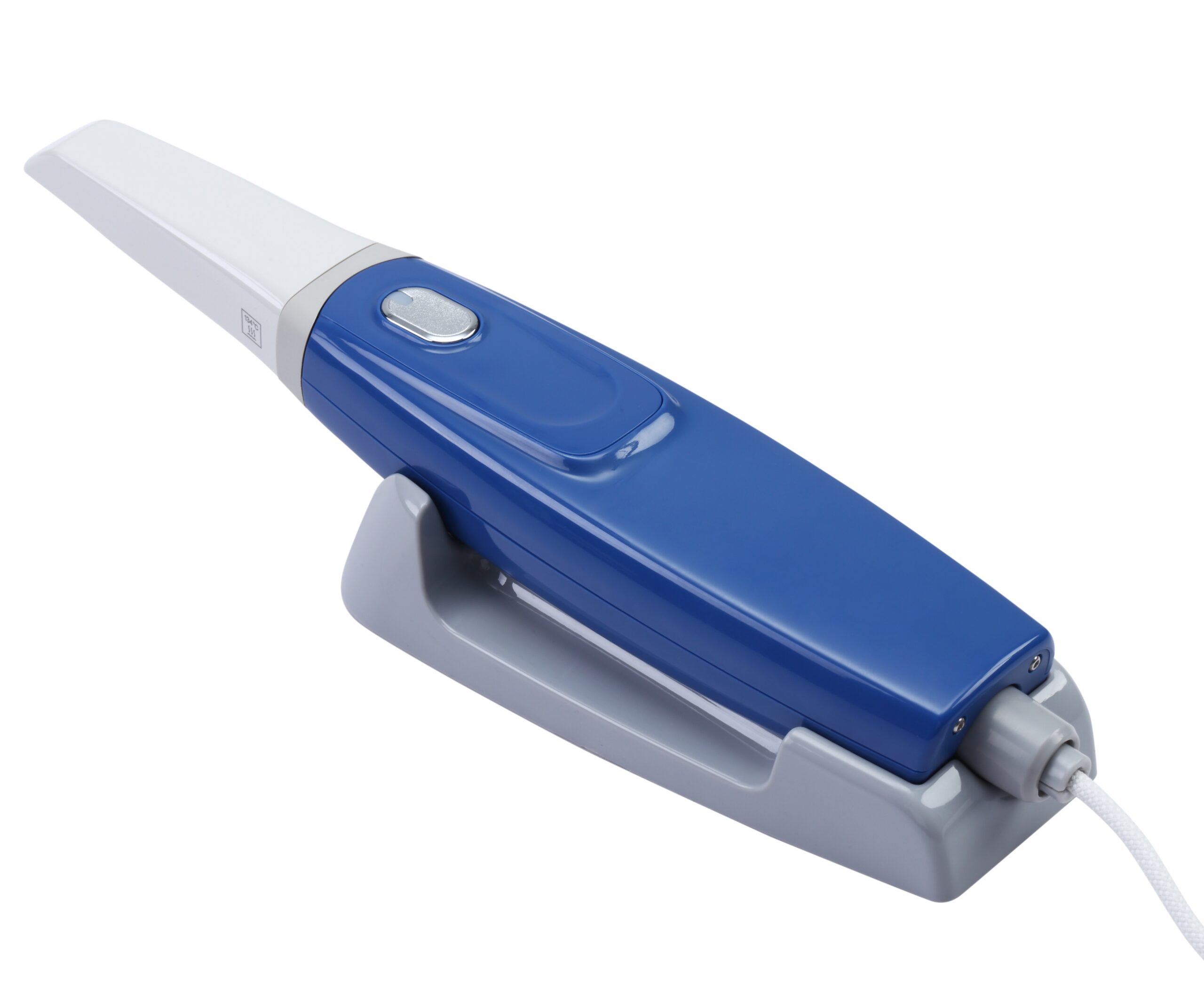
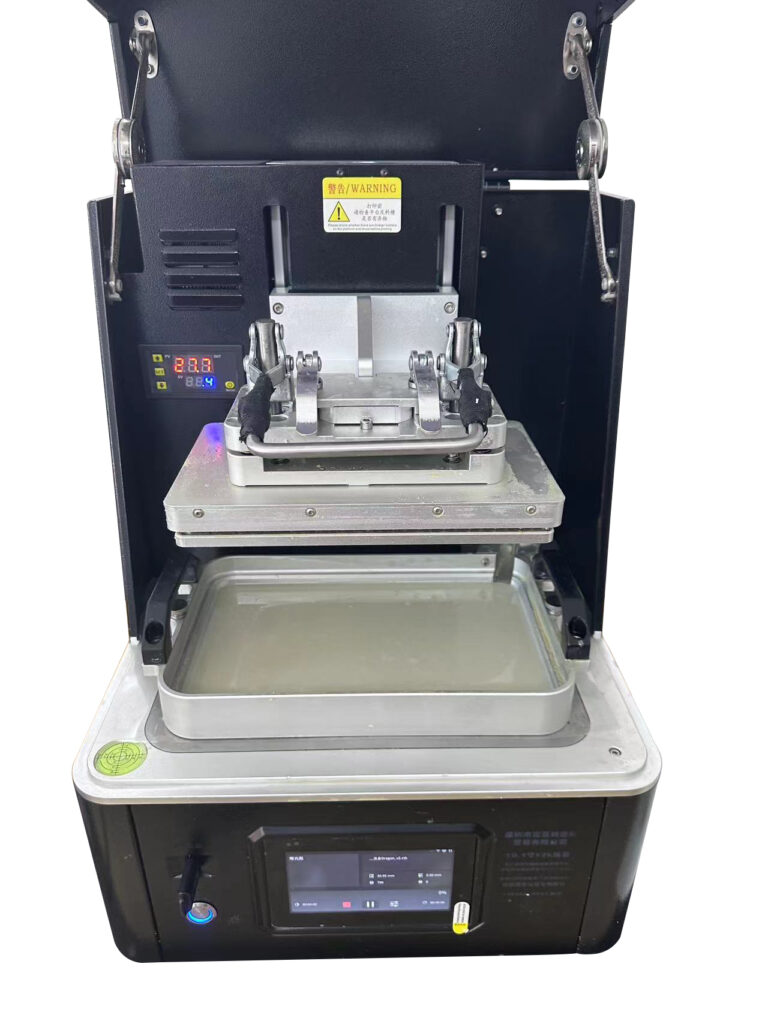
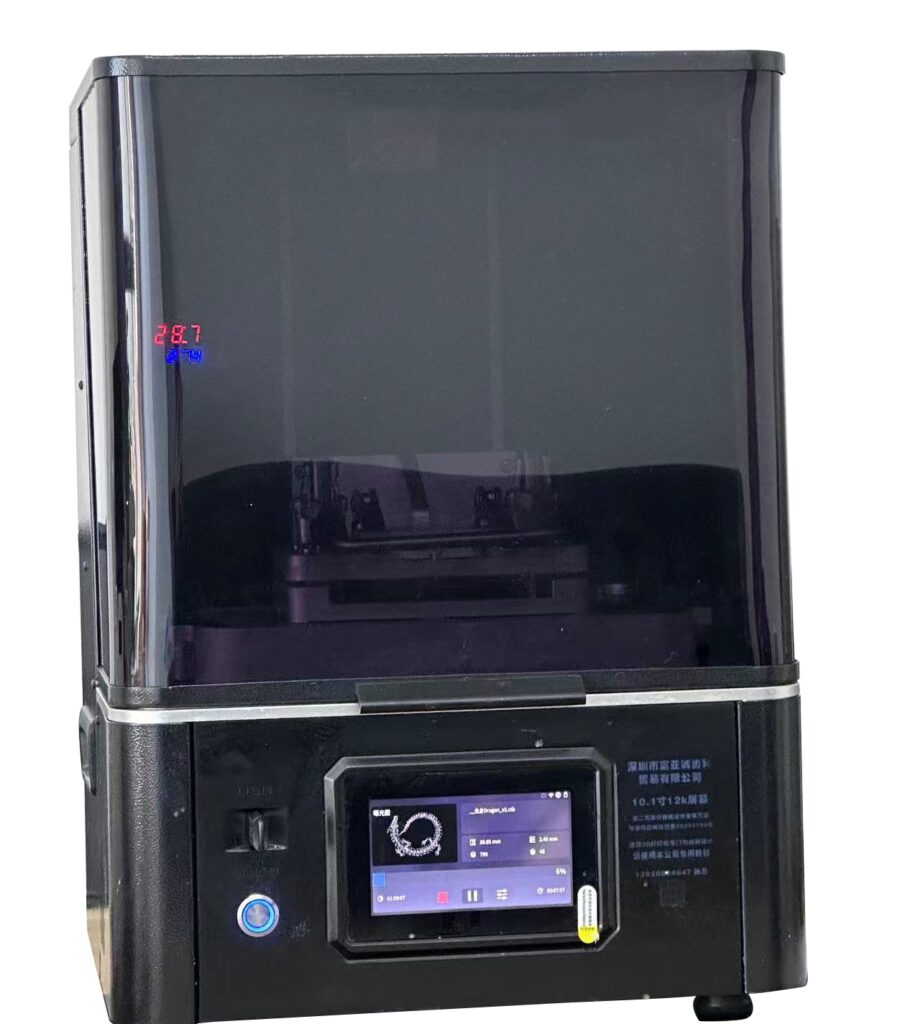
The Evolution of Dental Restorations
Traditionally, dental restorations like crowns, bridges, and dentures were crafted through a labor-intensive process involving impressions, stone casting, and manual sculpting. However, the introduction of intraoral scanners has made the process more efficient and patient-friendly. These scanners create precise digital impressions of the oral cavity, eliminating the need for uncomfortable impression trays and the time-consuming stone casting.
Dentists in the New Era
Dentists are at the cusp of a significant shift in their professional practice. Intraoral scanners allow them to capture highly accurate digital impressions in real-time, reducing chair-time and improving patient comfort. This technology also enables immediate digital records, facilitating better case planning and patient communication.
Custom Restorations: Precision and Aesthetics
The precision offered by digital impressions is crucial for creating custom restorations that perfectly fit the patient’s mouth. 3D printing technology takes this a step further by fabricating these restorations with unmatched accuracy. The combination of intraoral scanning and 3D printing ensures that each restoration is tailored to the individual’s oral anatomy, leading to better function, comfort, and aesthetics.
Dental Laboratories’ Transformation
Dental laboratories are undergoing a metamorphosis as they embrace digital technology. The traditional role of the lab technician in creating restorations is being redefined. Now, they receive STL files directly from the dentist, which are then used to 3D print the restorations. This digital workflow streamlines the process, reduces turnaround times, and minimizes the risk of errors associated with physical impressions.
Enhanced Communication and Collaboration
The ability to share STL files between the dentist and the lab technician has revolutionized communication in dental care. This digital exchange allows for instant feedback, modifications, and approvals, ensuring that both parties are on the same page. It also enables remote collaboration, meaning that a dental lab can be located anywhere in the world, breaking geographical barriers and providing access to a broader range of services.
The Impact on Patient Experience
Patients are at the heart of these technological advancements. The combination of 3D printing and intraoral scanning not only enhances the quality of care but also improves the patient experience. Digital impressions are less invasive, and the reduced chair-time means less anxiety for patients. Moreover, the precision of digital restorations often results in fewer adjustments and follow-up appointments.
Success Examples of Dental Practices
- Chairside Economical Restoration of Esthetic Ceramic (CEREC) System
The CEREC system is a prime example of how 3D printing and intraoral scanning have been integrated into dental practices. Dentists using this system can design, mill, and place ceramic restorations such as inlays, onlays, veneers, and crowns in a single appointment. This not only reduces the number of visits required for a patient but also enhances the precision and esthetics of the final restoration.
- Clear Aligners and Orthodontics
The advent of 3D printing has revolutionized orthodontic treatment with the introduction of clear aligners. Practices that have implemented 3D scanning and printing for creating custom aligner trays have seen a marked improvement in treatment efficiency. Patients benefit from a more comfortable and discreet orthodontics solution, and orthodontists can visualize and plan treatments more effectively with 3D models.
- Dental Implants and Surgical Guides
Dental practices specializing in implantology have leveraged the precision of 3D printed surgical guides. These guides are created based on accurate intraoral scans, allowing for meticulous pre-surgical planning. The result is a more predictable surgical outcome, reduced surgery time, and improved patient comfort during the procedure.
- Dental Education and Simulation
Dental schools and institutions have also seen the impact of these technologies in their educational programs. By using 3D printed models based on actual patient scans, students can practice various dental procedures in a simulated environment. This hands-on experience with real-world scenarios prepares them for the complexities of clinical practice.
The Future of Dental Care
As we look to the future, the integration of 3D printing and intraoral scanning is set to drive further innovation in dental care. We can expect to see more personalized treatments, shorter turnaround times, and potentially lower costs due to the efficiency gains from digital workflows. Additionally, the rise of AI and machine learning could lead to even more sophisticated diagnostics and treatment planning, further enhancing the quality of dental care.
Conclusion
The marriage of 3D printing and intraoral scanning is undoubtedly set to change the game in dental care. It represents a significant leap forward in terms of precision, efficiency, and patient satisfaction. As these technologies continue to evolve and become more accessible, we can look forward to a future where dental care is more personalized, efficient, and comfortable than ever before.
